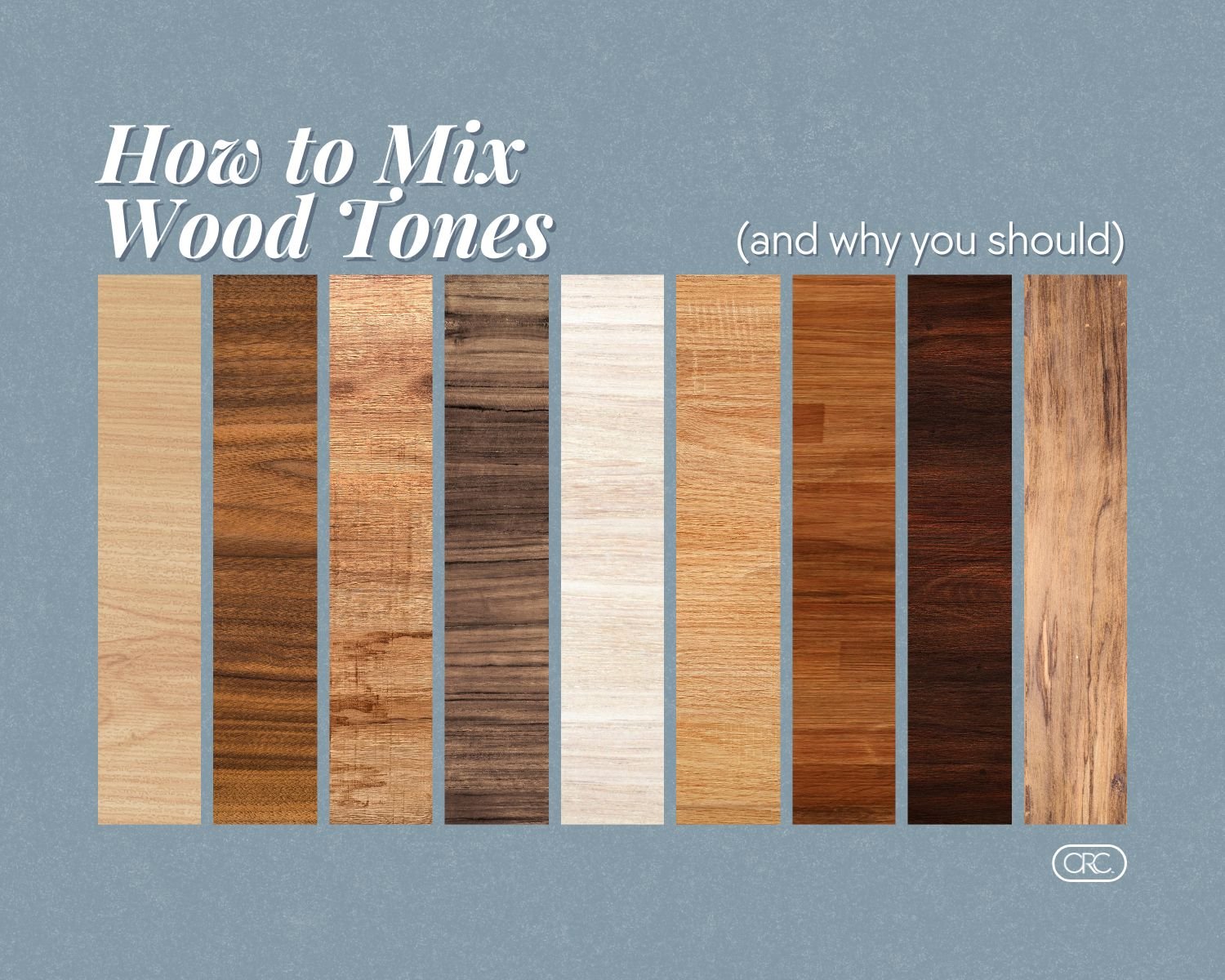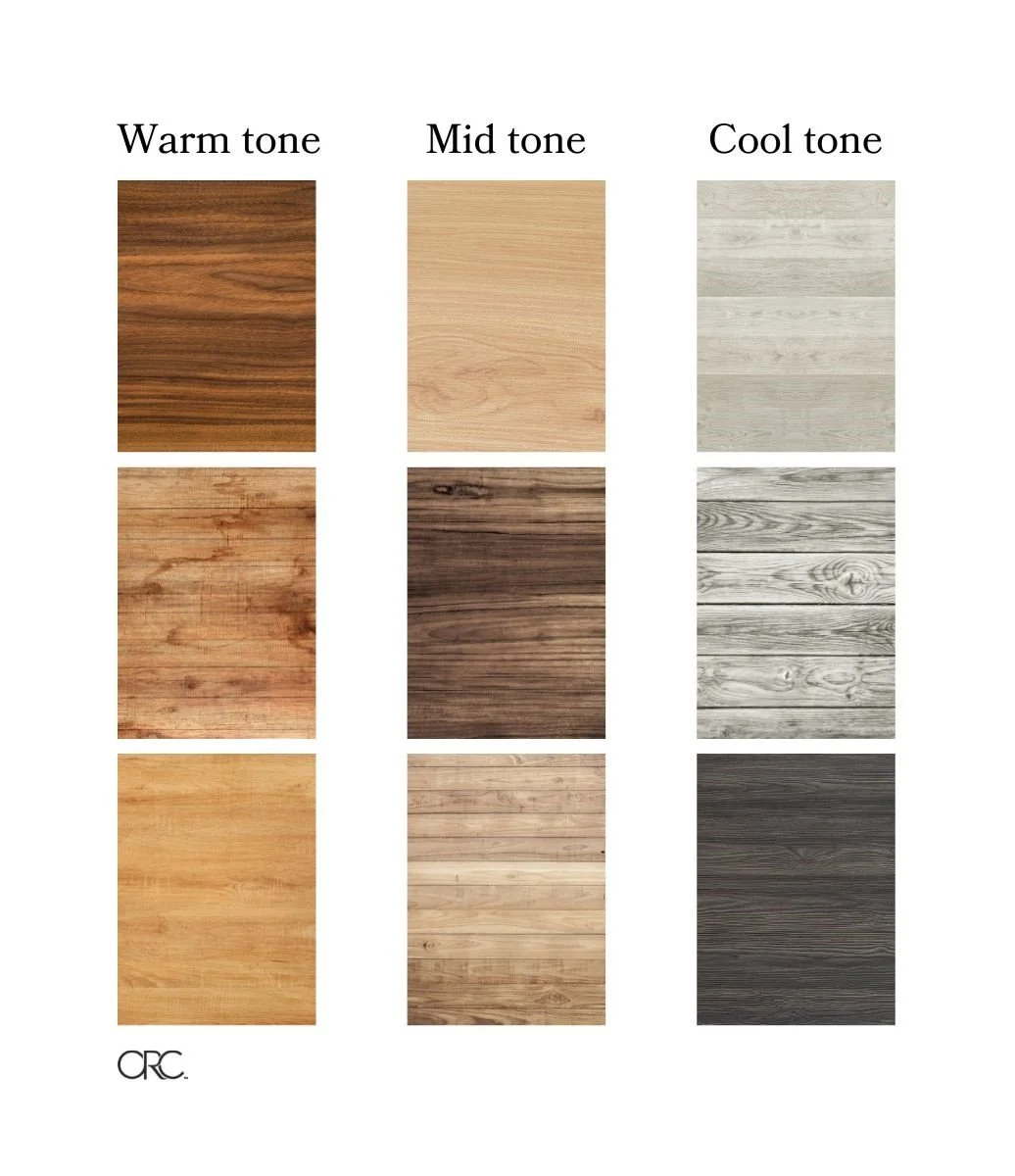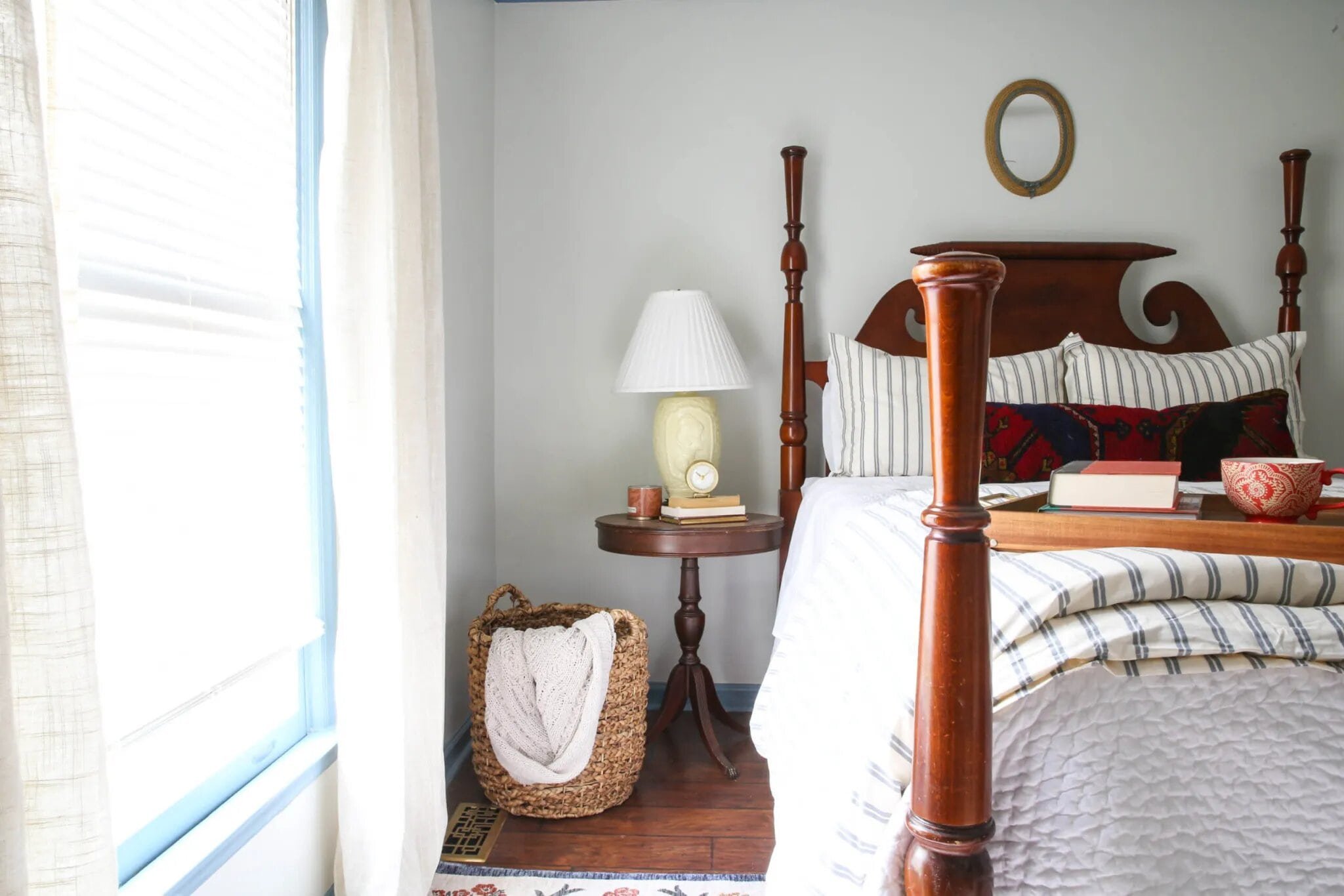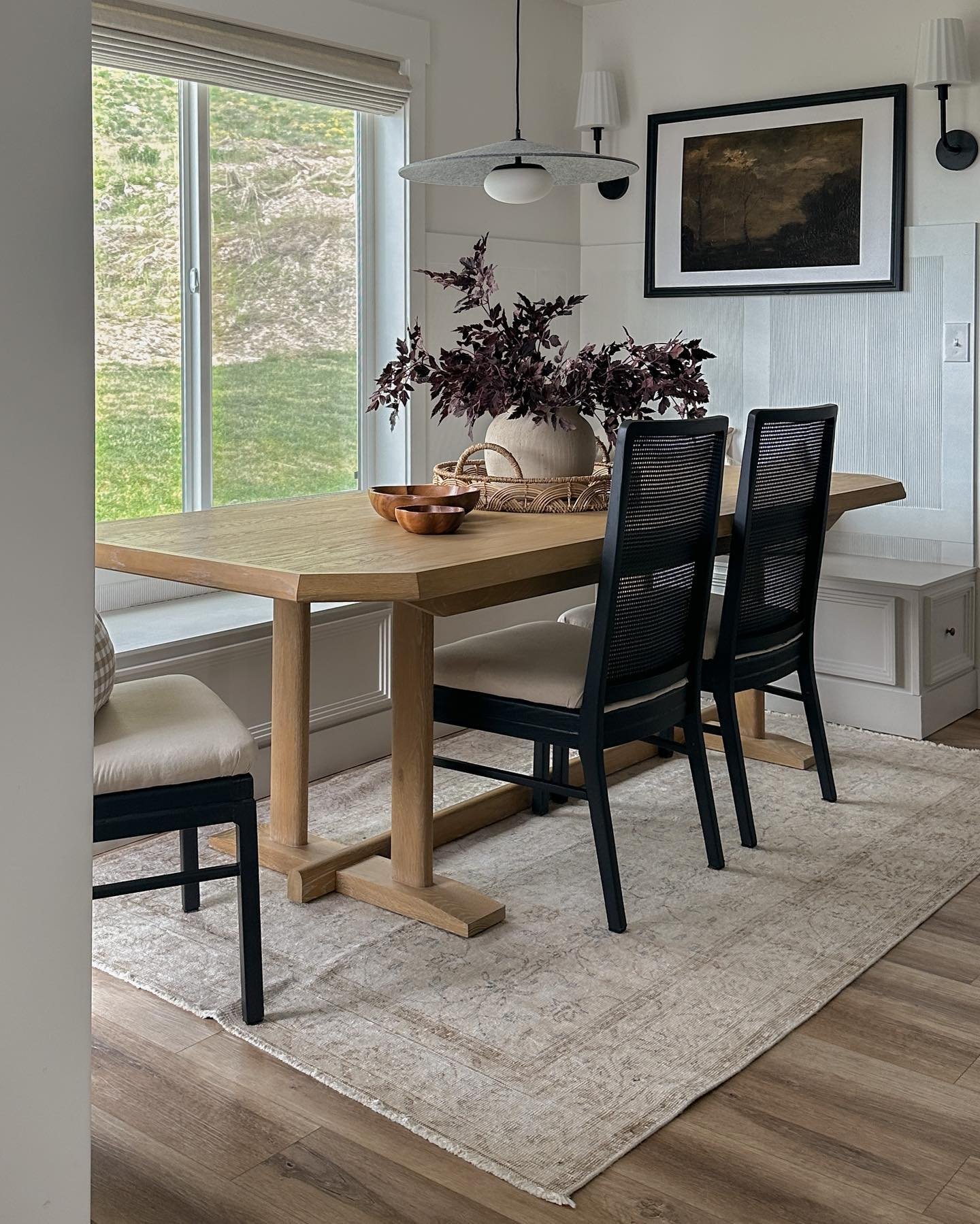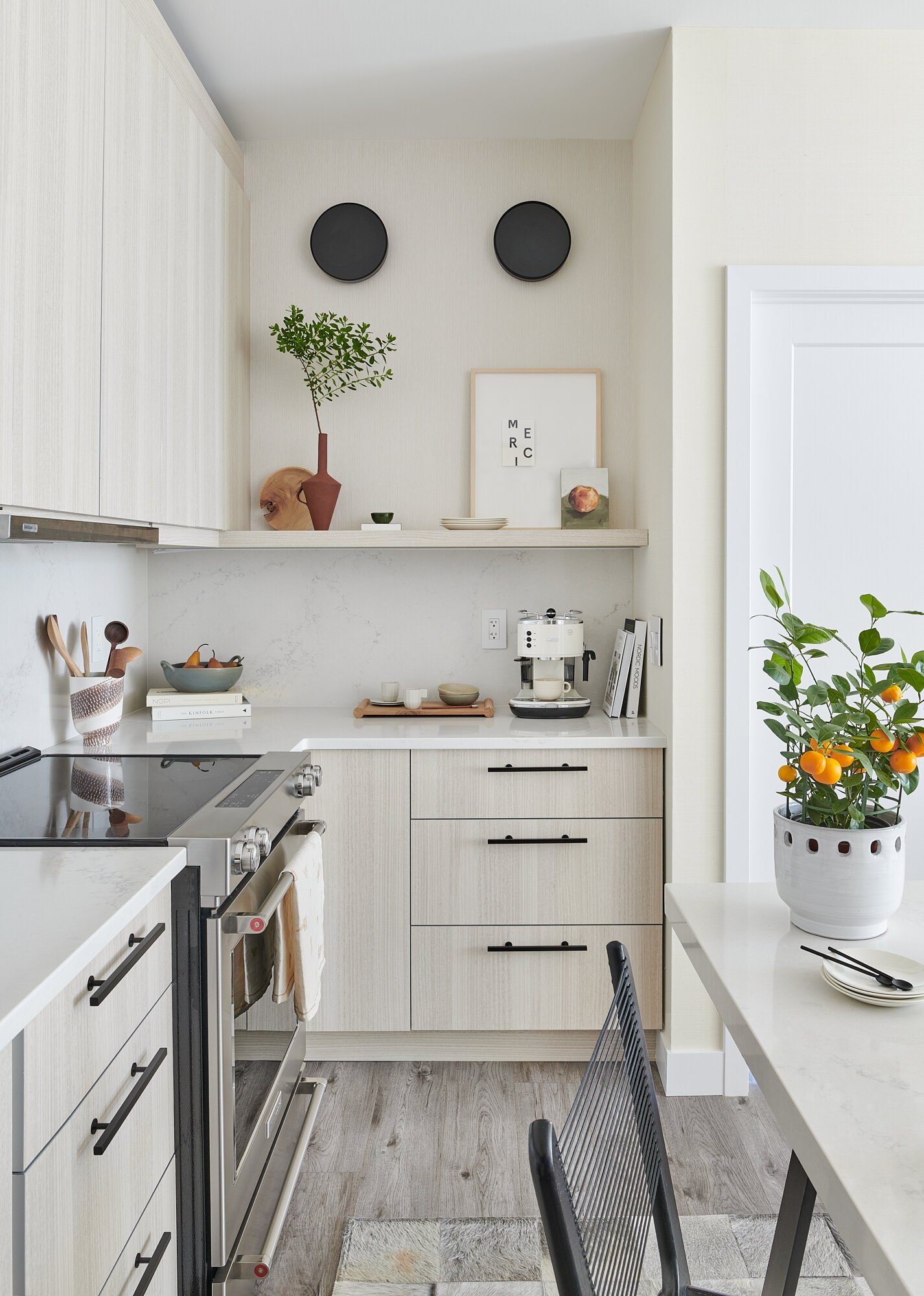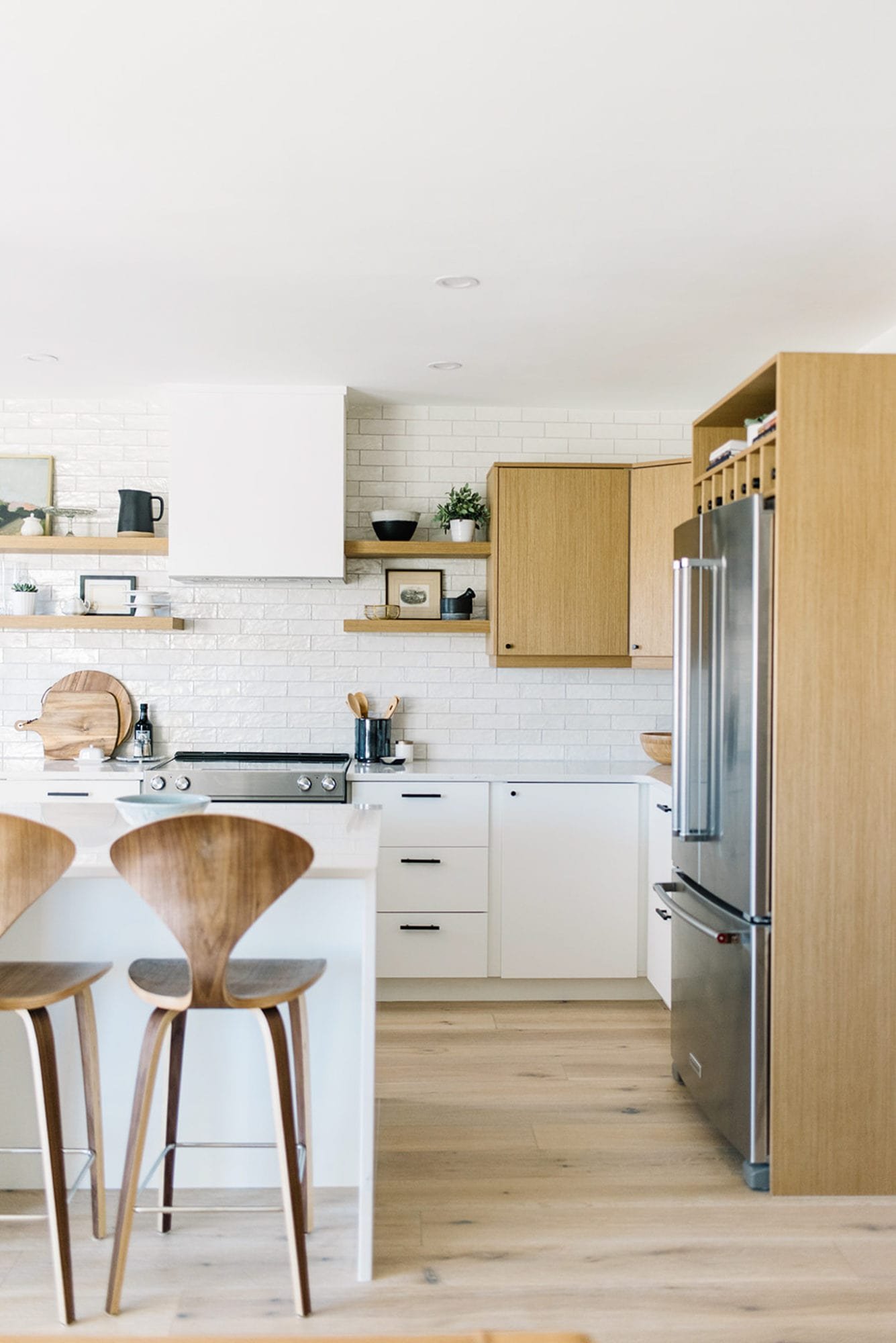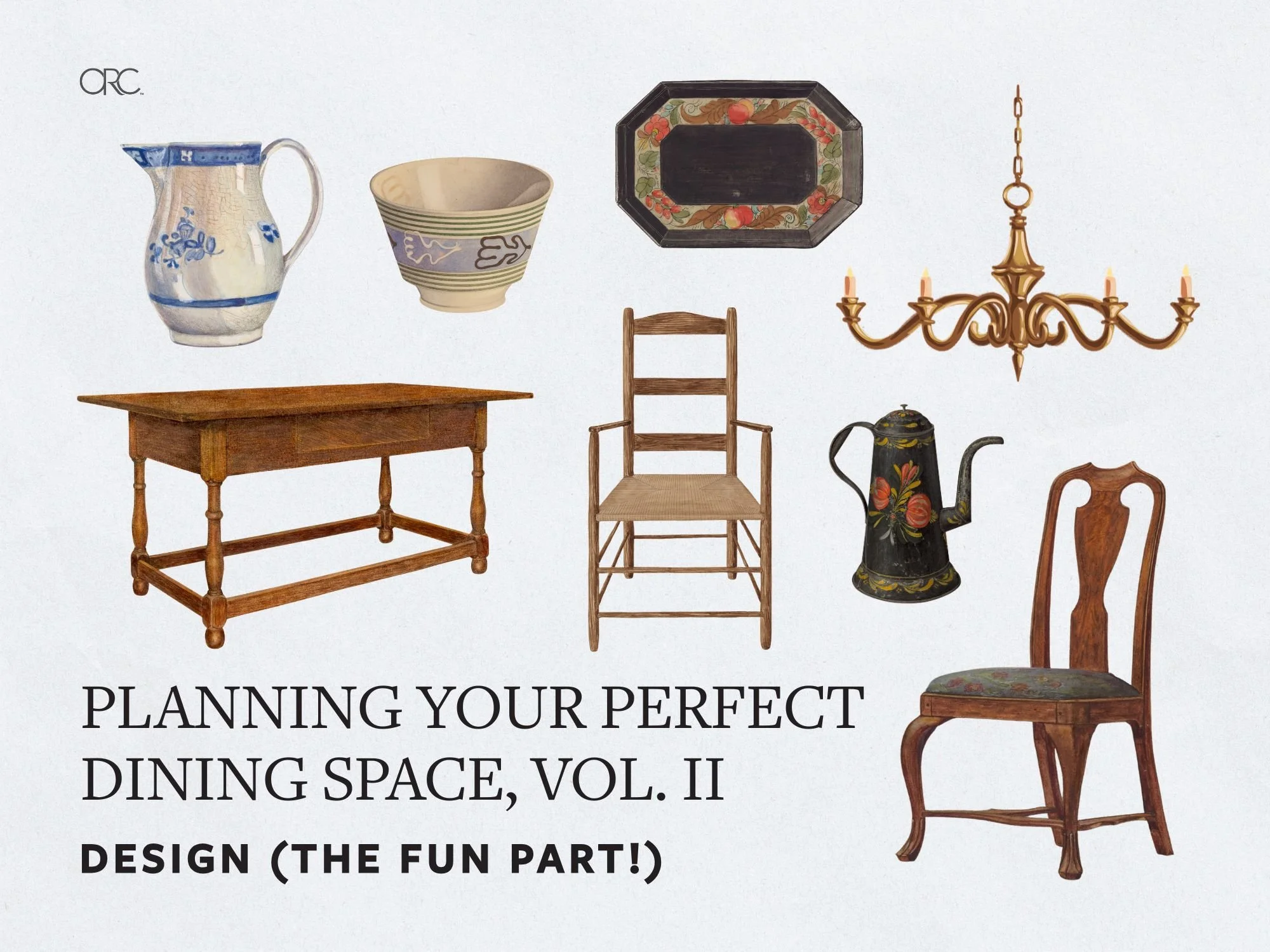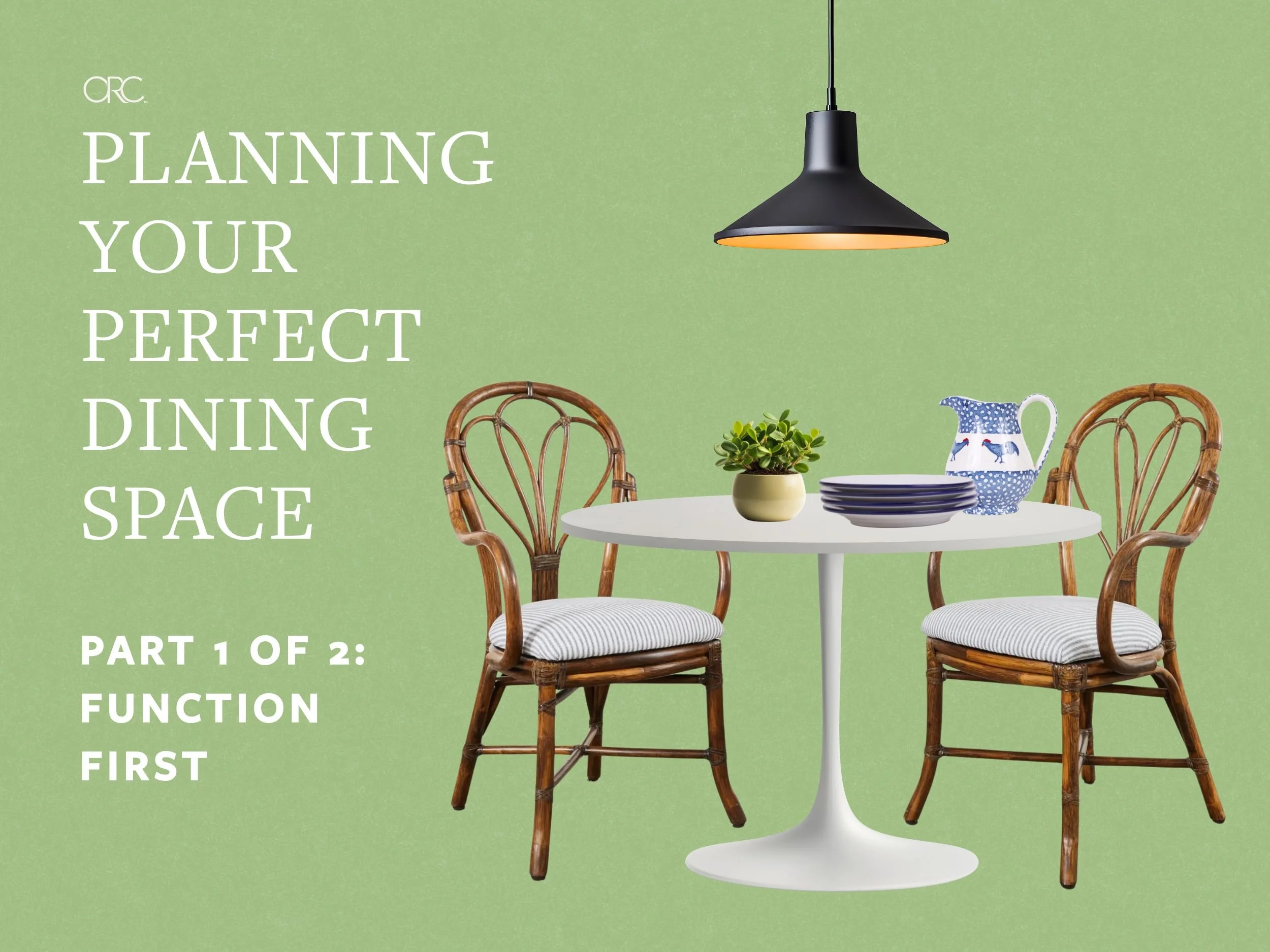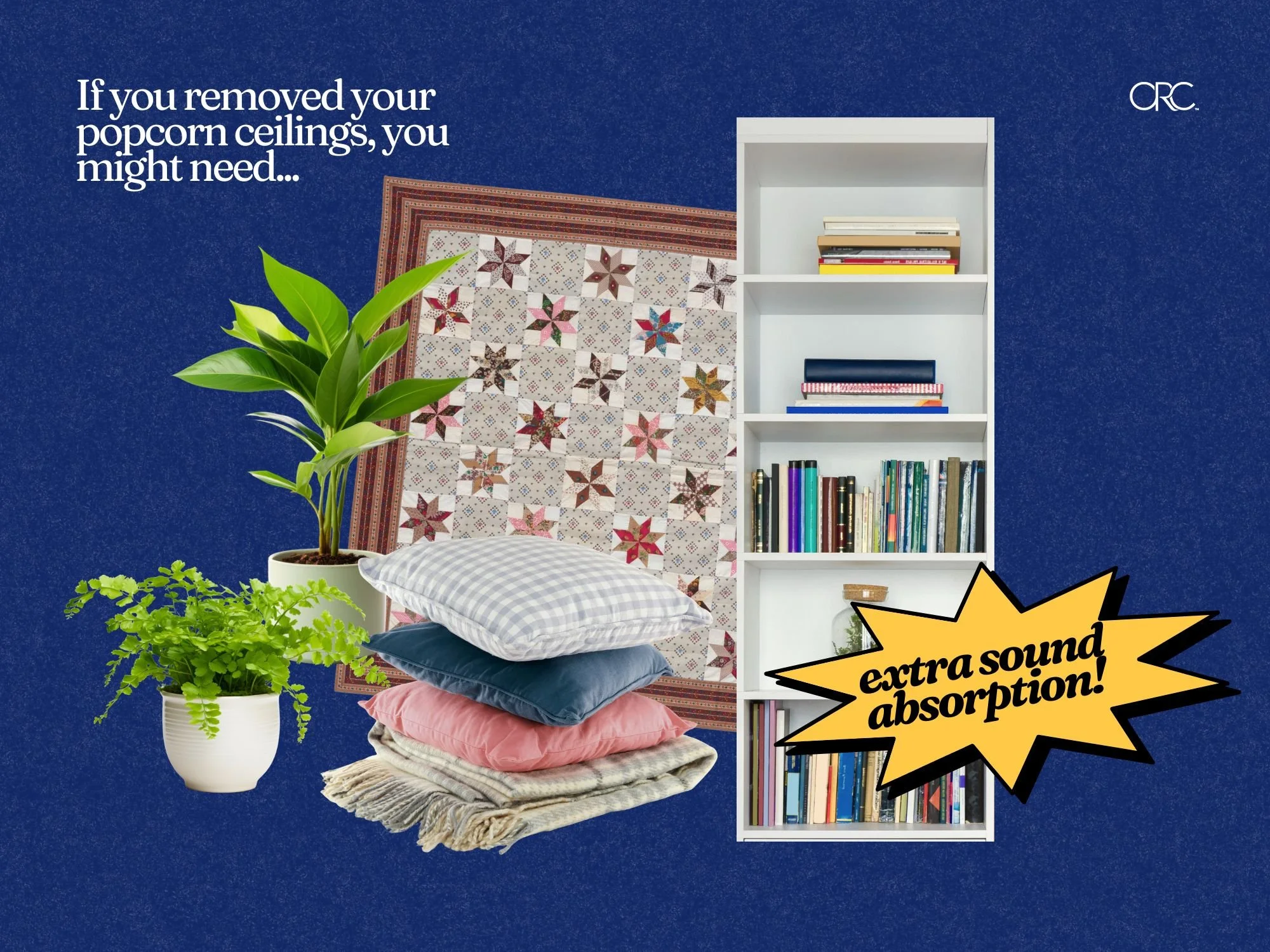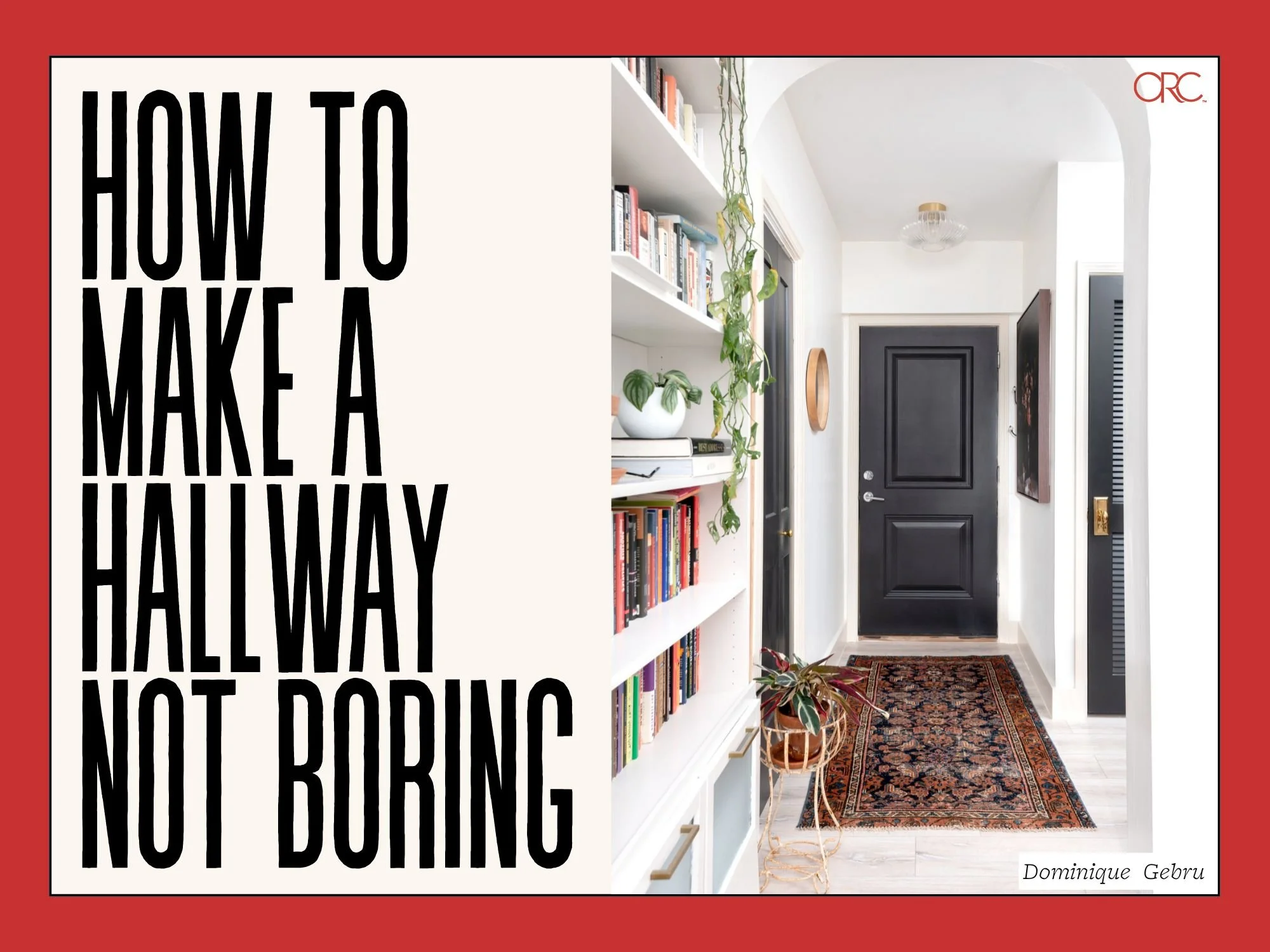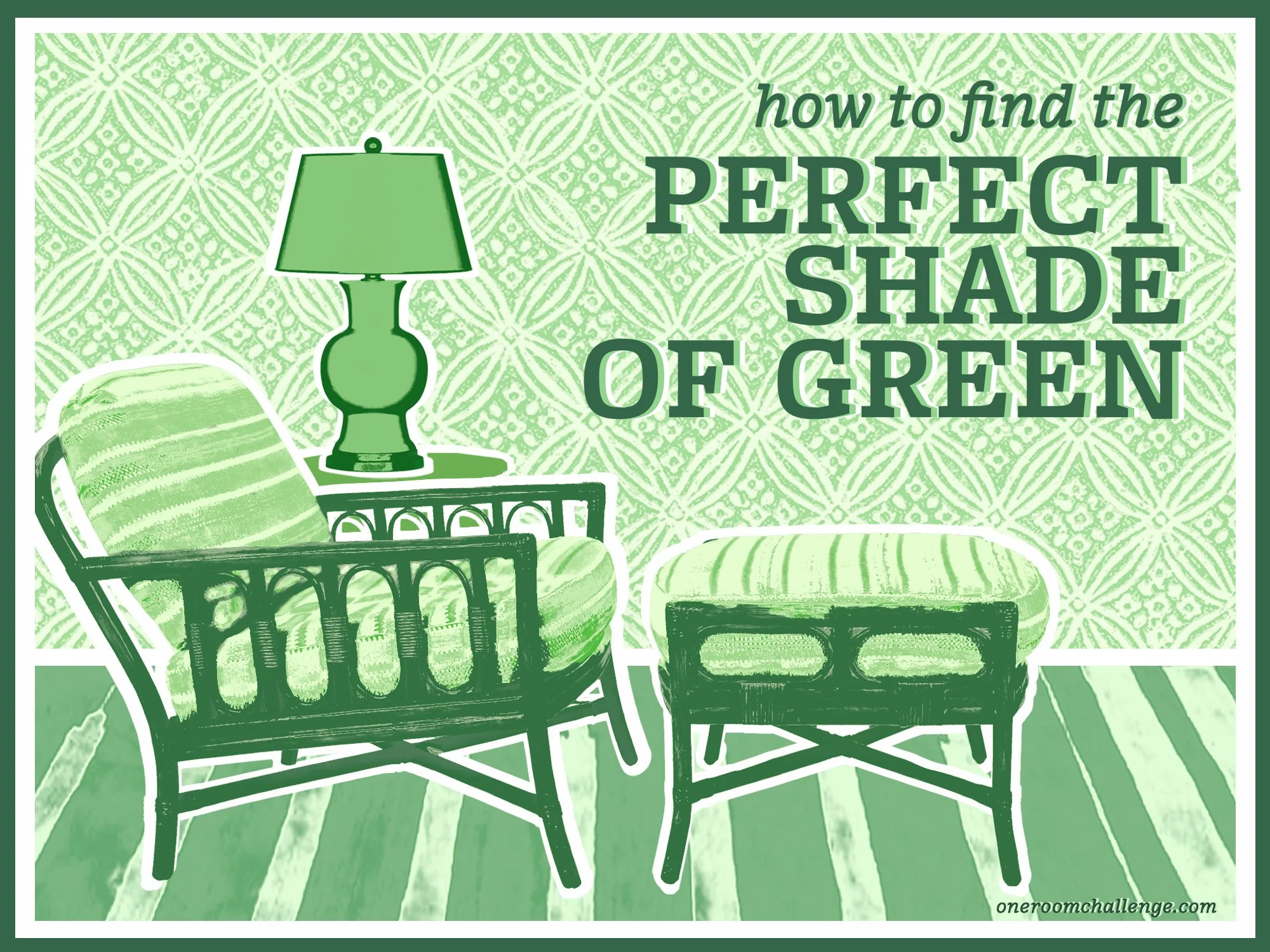How to Mix Wood Tones (and Why You Should)
DESIGN
STORY BY VIRGINIA BESHEARS
If you love the warmth and character of wood, but you're not quite sure how to mix different tones, you’ve come to the right place.
Since the decade so far has been huge for both natural wood tones and collected decor, mixing wood is absolutely a skill you should have in your arsenal, and it’s a piece of cake once you know the basics.
VIA SUBURBAN POP
Why mix wood tones?
Before we delve into the specifics, let's first address the burning question: why bother?
Mixing wood tones adds richness and complexity to your space, creating a layered and curated look that feels both timeless and inviting. By incorporating a variety of wood finishes, you can infuse your home with texture, warmth, and personality.
Plus, mixing wood tones allows you to highlight the beauty of each individual piece of furniture or decor, rather than relegating them to solitary silos of sameness.
VIA THE PINK PAGODA
Basic properties of wood
The key to successful wood mixing is finding harmonious pairings that complement each other and make sense within your space.
Every wood surface has three components you can focus on when looking for your perfect mix: warmth, undertone, and grain.
Warmth
The warmth of a wood refers to whether a wood leans more towards the red/yellow end of the color spectrum or the blue end.
Warm toned woods feel more cozy and traditional, while cool tone woods have a more airy and modern feel. Neutral tone wood falls somewhere in between and is very versatile.
Every wood species has a natural level of warmth or coolness, which can be enhanced, adjusted, or changed completely using products like stain.
Undertone
Besides just being warm or cool, wood also can have a more specific undertone.
Some types of woods, both raw and stained, naturally have a brown or tan coloration without distinct undertones.
On the other hand, some woods have very strong undertones. For example, cherry wood is known for its reddish-brown coloration due to the naturally occurring anthocyanin pigments. Other woods have undertones added with stain and finishes.
Grain
Every species of wood has distinct cellular structures and growth characteristics that affect how the wood looks when sawn.
The two main categories of wood grain are open and closed. Open grain wood like oak or mahogany has larger and more prominent pores that usually are more irregularly shaped and spaced apart. Closed grain wood, like maple or cherry, has much smaller and more tightly packed pores that are not as readily visible.
When finished, open grain wood tends to absorb more stain or finish than closed grain wood, resulting in a deeper and more pronounced coloration.
So what goes with what?
As with most arenas of interior design, there aren’t any hard and fast rules to mixing wood tones. The best place to start, though, is figuring out your dominant wood tone.
If you’re working with an existing room, this is usually the flooring, a prominent piece of furniture, or even architectural features like beams or trim.
If you have a totally blank slate, think about what temperature of wood works best with your personal style, and what temperature of wood you want to surround yourself with.
Deciding whether your dominant wood is warm, mid tone, or cool will help you choose secondary woods within that temperature family.
To bring in secondary tones, think about how much range of light to dark woods you want in your space.
Mixing light and dark woods can create a visually dynamic space. Incorporating both light and dark wood tones creates contrast, which can help to highlight architectural features, furniture pieces, and decor elements.
Sticking mostly with light woods, on the other hand, can create a cohesive and airy aesthetic. Light woods tend to reflect more light, making them ideal for creating a sense of openness and brightness in a room. Additionally, light woods can create a modern and minimalist look, allowing other elements in the space to take center stage.
Lastly, spaces look best with at least some mix of grain pattern. A large, visible grain tends to feel more rustic and casual, while smaller grains lean more formal.
Depending on what you’re going for in your space, you may have a majority of one grain, but don’t discount bringing in a bit of the other in at least a couple of places.
Especially if your woods are all the same warmth or lightness, mixing grain patterns will balance the overall look of your space, particularly when working with large expanses of wood, such as flooring or cabinetry. By incorporating a variety of grain patterns, you can break up monotony and create a sense of movement and rhythm in the space.
VIA LIZZY POWERS
Now that you know the basics, I’ll leave you with two last tidbits about wood.
Firstly, you’re far more likely to find a piece of furniture with a striking or interesting wood grain second-hand than you are to find one new. This is because most furniture today is made with new growth trees, which don’t have the tight growth rings and richer, varied grain of old-growth trees. This isn’t a bad thing, since a shift to using younger, faster-growing trees has significantly curbed deforestation and protected remaining older trees. It’s just something to keep in mind when you’re shopping.
Secondly, if you find yourself with wood furniture or surfaces that have a stain you don't love, don't fret! Refinishing wood is absolutely a viable solution. I highly recommend considering doing a bit of DIY before you give up on a piece you love, especially if it’s vintage and/or well made.
Now that you’re a certified wood tone pro, you can create a space that is as unique and individual as you are. Go mix those wood tones with confidence!

